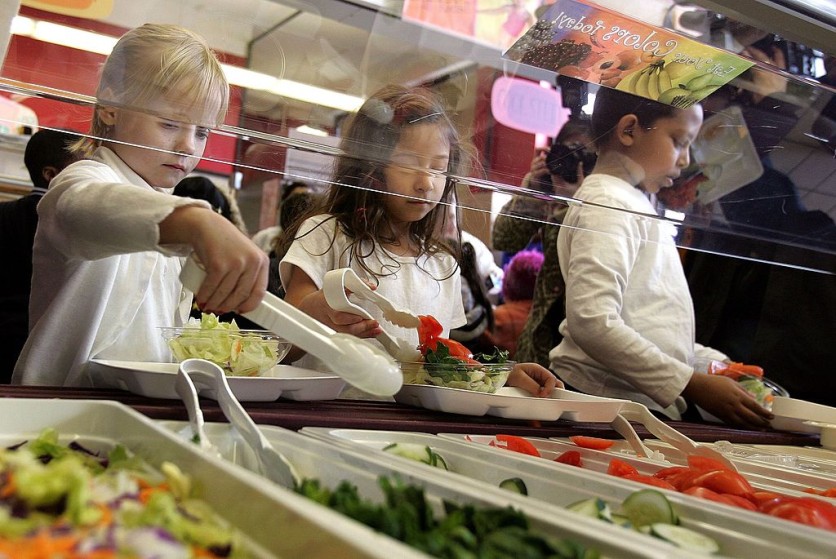The US Department of Agriculture announced new school lunch nutrition criteria aimed at reducing added sugars and salt. These new rules will affect over 30 million schoolchildren's lunches over four years. USDA data shows that approximately half of these children obtain nourishment from these meals.
US Agriculture Secretary Tom Vilsack underlined the need for healthy school meals for children's growth.
New US school lunch guidelines are the greatest changes since the 2010 Healthy, Hunger-Free Kids Act under Obama, which promoted fruits, vegetables, nutritious grains, and low-fat dairy products that helped reduce children's and teenagers' body mass index (BMI), study shows.
Restrictions on Salt and Sugar Content
Notably, the Joe Biden administration launched national strategy to eradicate hunger and diet-related diseases by 2030.
According to a report from KPVI, under the USDA's new school lunch regulations, the 2025-26 school year will limit breakfast cereals, yogurt, and flavored milk to 10% of daily calories due to dietary restrictions. For the 2027-28 school year, the USDA will set weekly meal calorie limitations at 10% added sugar.
By the 2027-28 school year, the final regulation reduces lunch sodium by 15% and breakfast sodium by 10%.
Nancy Brown, American Heart Association CEO, called the amended criteria a "significant step forward," underscoring their importance in public health. She stated that additional sugars increase calorie consumption and risk chronic health issues.
She also lauded the USDA's adoption of an added sugar standard, following recommendations from the American Heart Association and other health organizations as reported by CNN. Despite displeasure over whole grain and salt criteria that differed from the Dietary Guidelines for Americans, Brown acknowledged legislative limits that may have prevented the USDA from enacting stricter regulations.

Students at Nettelhorst Elementary School, on lunch, dig into a salad bar in the school's lunchroom March 20, 2006 in Chicago, Illinois.
Positive Impact of Free Meals in US Schools
March research found that free school meals reduce childhood obesity in the United States, as reported by VOA.
The University of Washington's Anna Localio and Jessica Jones-Smith studied the health effects of nutrition-related regulations, specifically the Community Eligibility Provision (CEP), in Pediatrics.
Localio and Jones-Smith noted that the CEP reduced the stigma of free school meals, encouraging participation. By 2022-23, nearly 40,000 schools had adopted the program during the COVID-19 epidemic.
The researchers examined 3,531 California schools in disadvantaged neighborhoods from 2013 to 2019 to determine the program's impact on childhood obesity. They compared obesity levels in CEP schools and non-CEP schools by examining over 3.5 million BMI measurements of pupils in the 5th, 7th, and 9th grades annually.
Their findings showed that CEP schools had a 2.4 percent reduction in student obesity compared to eligible schools that did not participate.
Given the difficulties of population-wide obesity reduction, Localio and Jones-Smith stressed the importance of even small obesity rate reductions. They also emphasized that the CEP could reduce health disparities because obesity disproportionately affects economically disadvantaged and minority youth.
Notably, as US school meals become more cost-effective and nutritious, it allows families to allocate their resources toward other health-promoting products and services.
Read also: UK Underage Vaping: 50 Children Admitted to Hospital, Calls Out Government to Take Action





